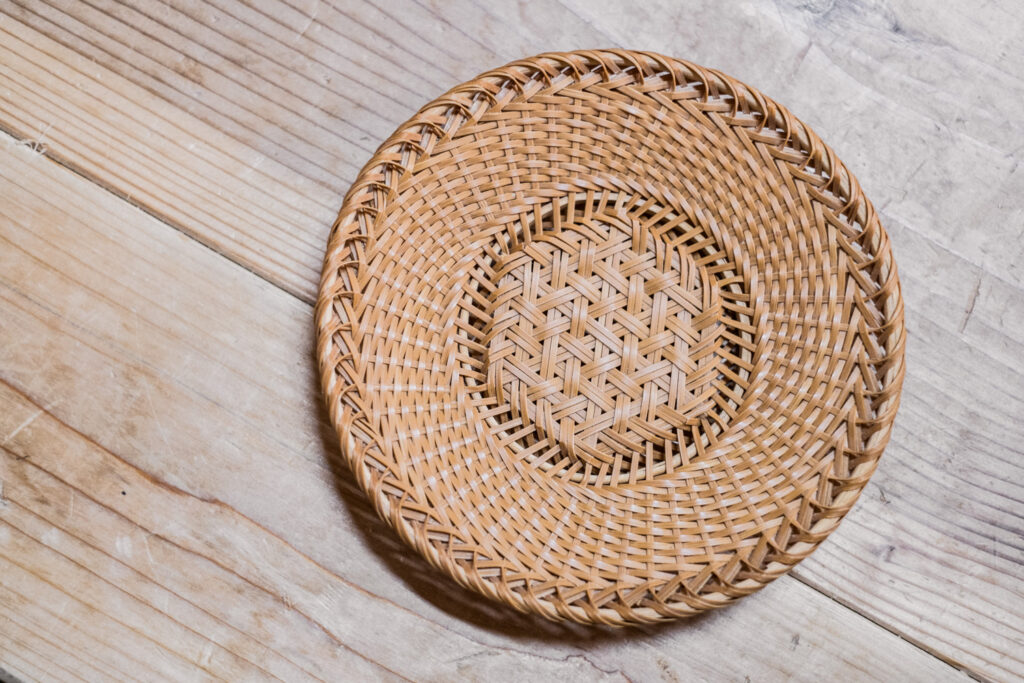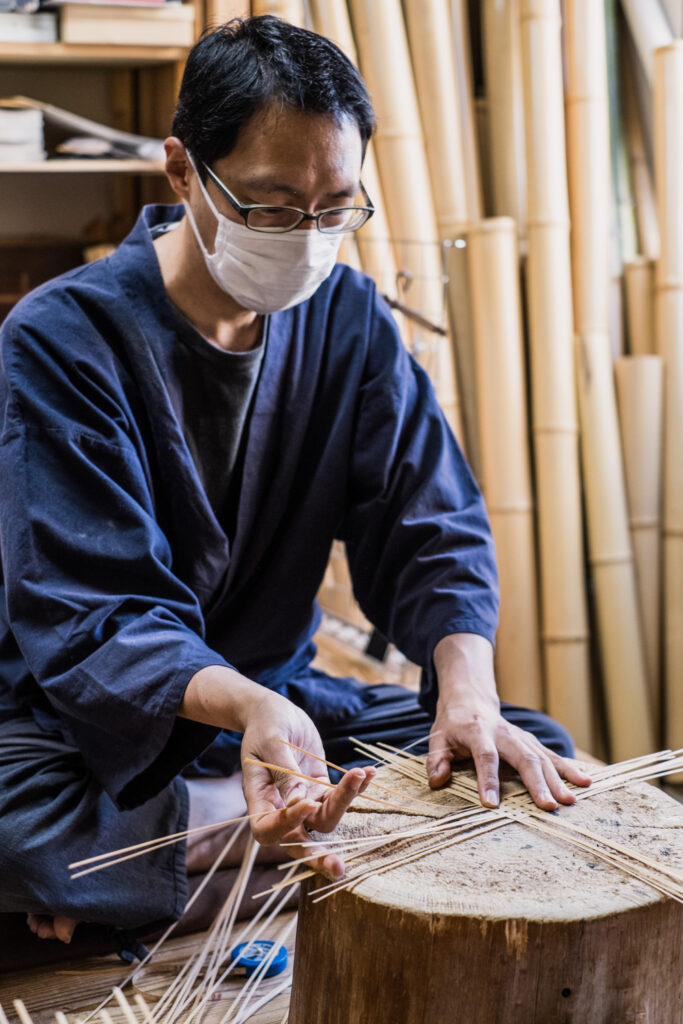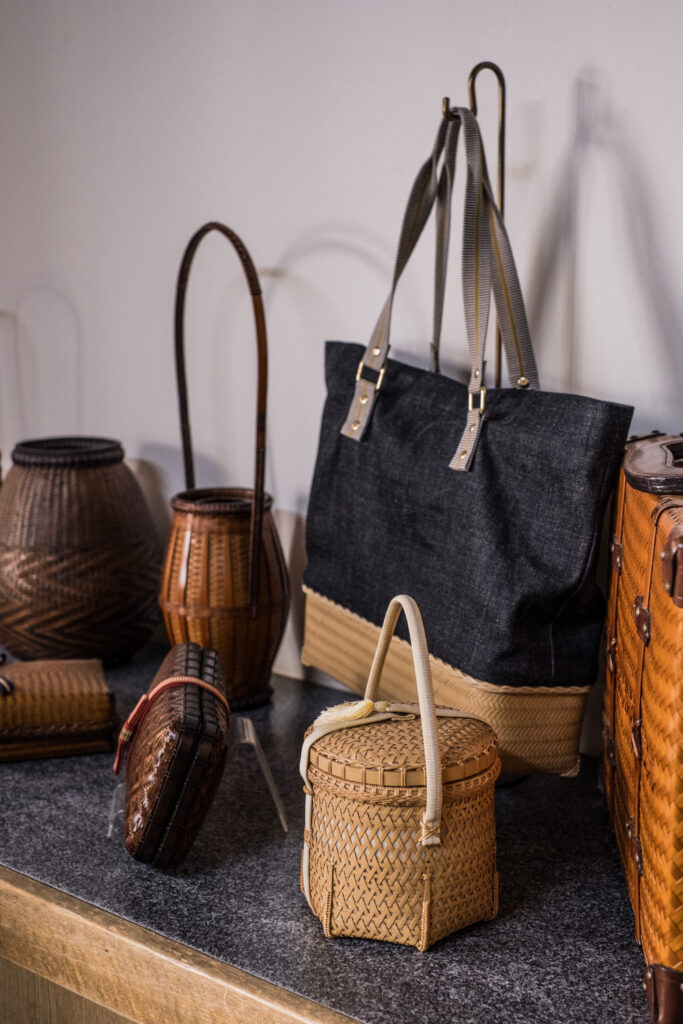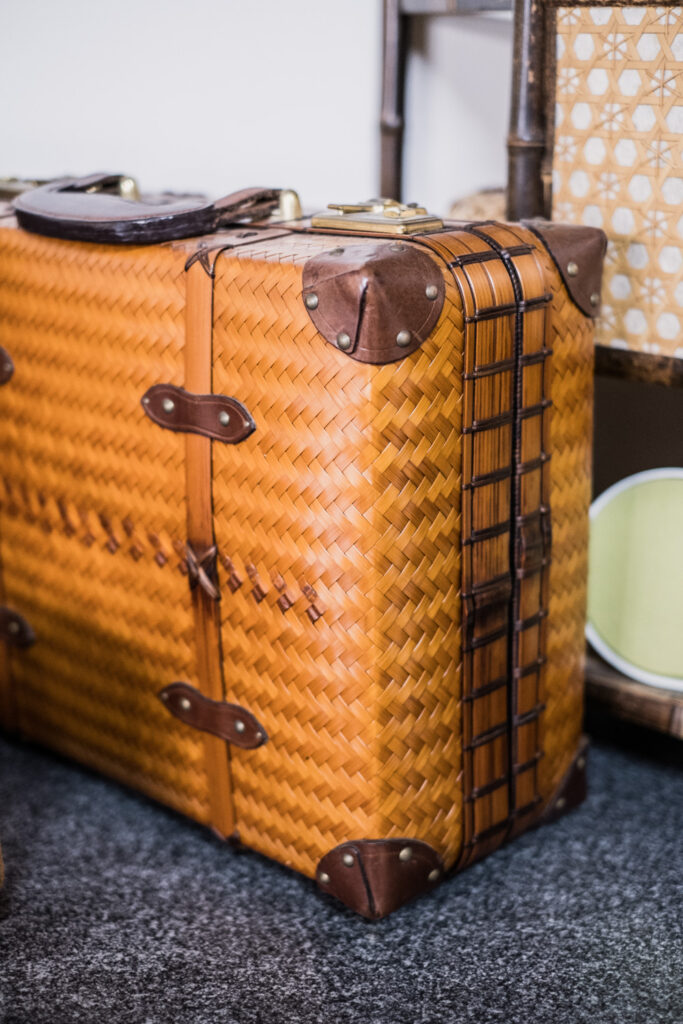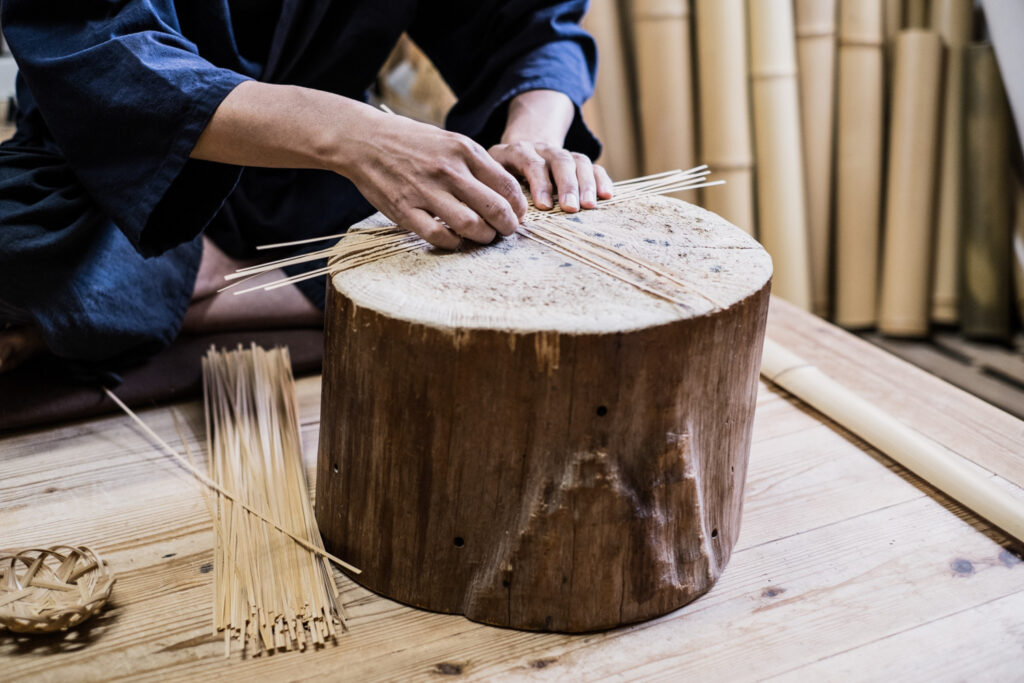Blog
Interview with Hideaki Hosokawa, Kyoto bamboo craft artisan
2022/02/22
Please tell us a little about your background. What in your personal life has influenced you to choose your career?
After working for a company in Tokyo from the age of 20 to 31, I entered the Traditional Arts School of Kyoto (University now) in 2005 and studied bamboo crafts for two years. After graduating, I started my own bamboo craft business and in 2011 I opened my own bamboo studio, Kisetsu, which I still run today.
My job at the company was always only a part of larger projects and it was difficult to see the results of my own work in the whole, so I looked for a career in traditional crafts where I could complete the work from start to finish and evaluate directly the results, be they good or bad.
What was the biggest challenge that you encountered on your professional journey?
After working for a company in Tokyo from the age of 20 to 31, I entered the Traditional Arts School of Kyoto (University now) in 2005 and studied bamboo crafts for two years. After graduating, I started my own bamboo craft business and in 2011 I opened my own bamboo studio, Kisetsu, which I still run today.
My job at the company was always only a part of larger projects and it was difficult to see the results of my own work in the whole, so I looked for a career in traditional crafts where I could complete the work from start to finish and evaluate directly the results, be they good or bad.
What do you love about what you do?
I find it rewarding to be able to serve so many people by working with bamboo, a natural material, to create such modern accessories as bags.
What are the sources of inspiration for your creative work?
I find it rewarding to be able to serve so many people by working with bamboo, a natural material, to create such modern accessories as bags.
How have the events of the past couple of years affected your work and your industry?
It is no exaggeration to say that Kyoto, as a cosmopolitan city, depends on tourists, including those from abroad, and my atelier has been greatly affected by the sharp decline in visitors and orders.
However, this situation has led me to set up a website and Instagram account to promote my work more widely than ever before, and the number of customers I can connect with via the internet is gradually increasing.
What wishes and words of encouragement for 2022 would you offer to the readers of our blog?
There is still no prospect of international travel, but in the meantime, I hope that you will take this opportunity to learn more about Kyoto crafts before the resumption of tourism.
Please tell us why you would recommend your work/products to craft and design lovers. What positive impact they can make on people’s lives?
Advanced technologies have made it possible to produce complex-shaped products in large quantities, quickly and inexpensively. However, there is no longer a demand for mass consumption, but instead a demand for products that are made with care and attention.
We the craftsmen are able to meet the needs of the people who use our products, and we feel the joy of making them. I believe that in the future world, a true delight of both makers and consumers will come from sharing the same purpose and values.
If you would like to visit Kyoto and experience Kyoto’s bamboo crafting techniques, please contact us.
https://www.kyotoartisans.jp/en/
Interview, translation & images by Anastasiya Bulkavets (ArigatoCreative.co)
